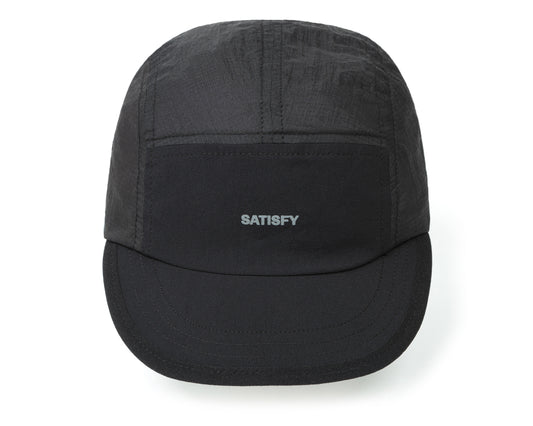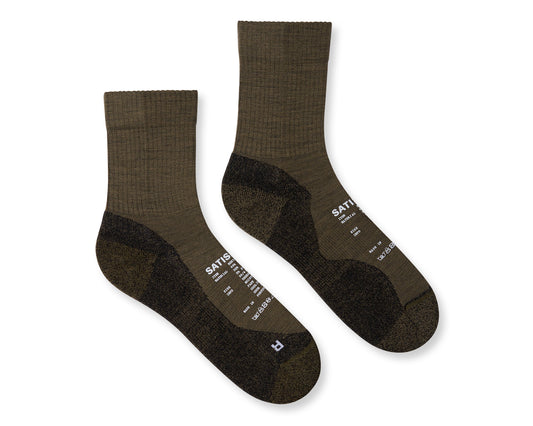
Welcome again to WELCOME TO EARTH, the part of POSSESSED mag where we explain Earth stuff to beings from other parts of the ever-expanding universe. This month’s letter comes from Bernadette, who hails from a distant galaxy that human astronomers named ‘GN-z11’, but is actually known as ‘Turbofartboat’ by its inhabitants.
Yooooo, what up. This is Bernadette from Turbofartboat (aka GN-z11)! My question is this: what is ‘layering’ in the context of trail running?
PS. Loving the all-new POSSESSED magazine. Can I get a free hat? Lol.
x Bernie
Thanks for your letter, Bernadette, and thank you for your kind words. Here’s what layering is all about.
Generally, commonly, and on the whole, ‘layering’ in trail running involves the donning of three distinct apparel coverings: the base layer, the insulating layer, and the protective layer. Let’s look at each one individually, starting at the bottom.
Layer One: The Base Layer.
The base layer is the first layer of clothing a runner puts on and is, therefore, the layer that comes into direct contact with the skin. Human skin is quite soft and delicate, Bernadette, and when a human moves briskly, the body heats up, causing the skin to secrete a topical liquid coolant called ‘sweat’. Because of this, the base layer needs to A) be made from a soft fabric that doesn’t cause chaffing to the sensitive human epidermis, and B) be made from a fabric that wicks sweat away from the body. Wicking away the human body’s natural coolant might sound counterintuitive, but it’s the evaporation of sweat that cools the body, not the actual sweat, so wicking fabrics that pull moisture away from the skin are ideal for regulating body temperature and preventing the human runner from feeling wet, gross, and clammy.
Layer Two: The Insulating Layer.
This second layer is all about providing warmth in colder conditions by trapping air close to the body. Easy. But what’s not easy is creating an insulating layer that isn’t bulky. The last thing a runner wants is bulky clobber. Have you ever seen someone go for a run in a trench coat that wasn’t a sex-pest or junkie, Bernadette? Probably not. And that’s because trench coats are bulky, heavy, and hinder physical movement. A good insulating layer should be so thin and light as to give the appearance of something that cannot retain heat—but then it totally does.
Layer the third: The Protective Layer.
This final layer is the outer shell that protects the earthling runner from the vicious and uncharitable natural elements we have here on Earth. Harsh winds, relentless rains, annoying snow, and idiotic hail are just some of the things that God can use to hamper the human running experience (‘God’ is this thing we made up to help make sense of everything; it didn’t work), and the protective layer acts as a barrier against that. This layer is either waterproof or water-resistant, and the materials are light and breathable to allow moisture to escape and to guard against overheating and the revolting accumulation of sweat.
So, there you have it, the three-layer system that trail runners use to maintain a level of comfort while facing planet Earth’s ever-changing weather conditions. Depending on the climate, the weight and thickness of each layer (and the materials used) may vary, but that’s basically it. We hope that we’ve answered your question, Bernadette, and no, you may not have a free hat.















